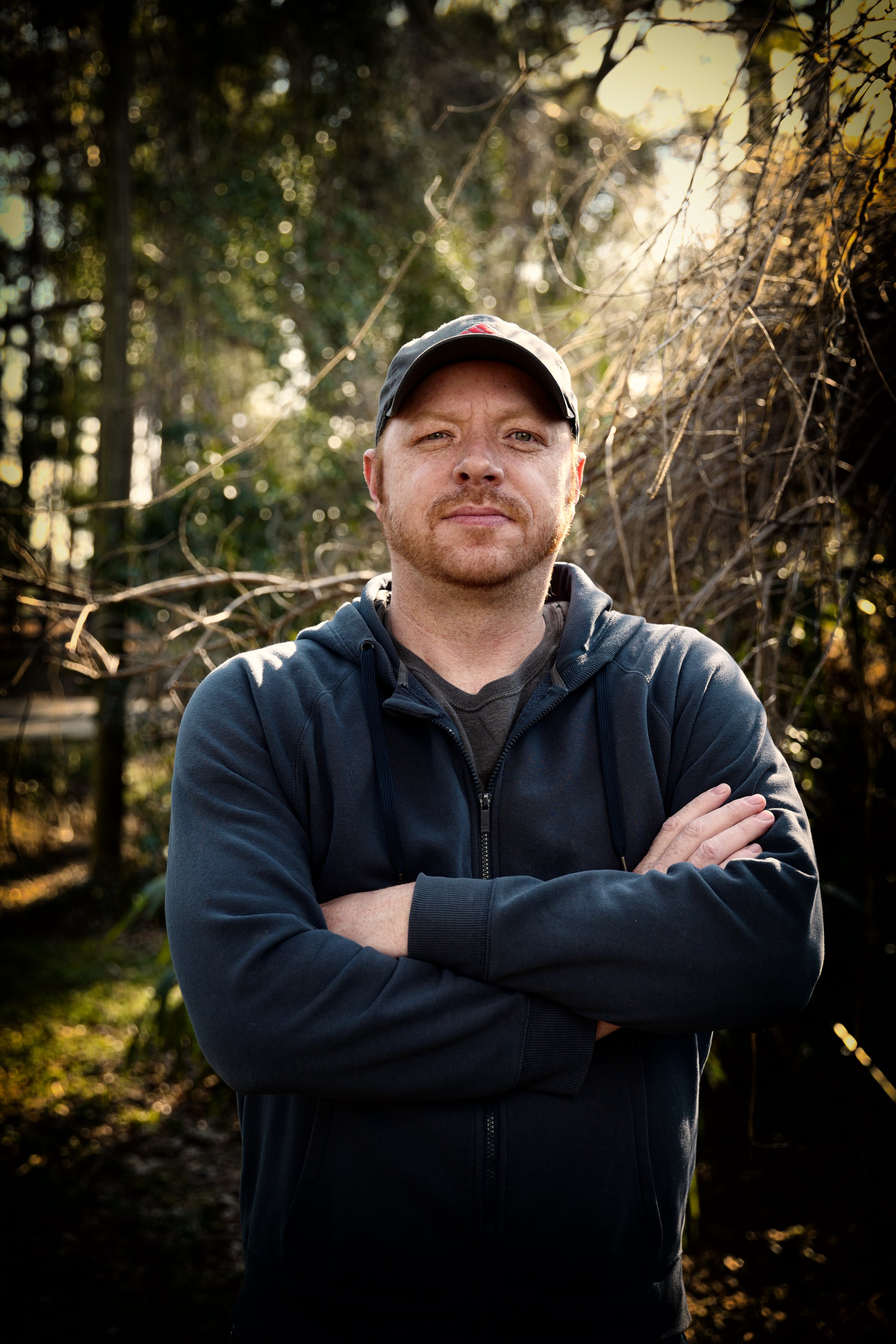Uv/vis Can Be Fun For Everyone
Uv/vis Can Be Fun For Everyone
Blog Article
The Best Strategy To Use For Uv/vis/nir
Table of ContentsUv/vis for BeginnersUv/vis for BeginnersUv/vis for BeginnersThe Only Guide for Circularly Polarized LuminescenceThe Best Guide To Circular Dichroism

Spectrophotometry is a tool that hinges on the quantitative analysis of particles depending on how much light is taken in by colored substances.
Not known Facts About Circularly Polarized Luminescence
A spectrophotometer is frequently used for the measurement of transmittance or reflectance of services, transparent or nontransparent solids, such as polished glass, or gases. Numerous biochemicals are colored, as in, they absorb noticeable light and for that reason can be determined by colorimetric treatments, even colorless biochemicals can often be converted to colored compounds appropriate for chromogenic color-forming responses to yield substances ideal for colorimetric analysis.: 65 However, they can also be developed to determine the diffusivity on any of the listed light ranges that usually cover around 2002500 nm using various controls and calibrations.
An example of an experiment in which spectrophotometry is used is the decision of the equilibrium constant of a solution. A specific chain reaction within an option might happen in a forward and reverse direction, where reactants form items and items break down into reactants. Eventually, this chemical response will reach a point of balance called a balance point.
Circularly Polarized Luminescence - An Overview
The amount of light that travels through the solution is a sign of the concentration of particular chemicals that do not permit light to go through. The absorption of light is due to the interaction of light with the electronic and vibrational modes of molecules. Each type of molecule has an individual set of energy levels connected with the makeup of its chemical bonds and nuclei and therefore will take in light of particular wavelengths, or energies, leading to distinct spectral homes.
They are commonly used in many industries including semiconductors, laser and optical production, printing and forensic assessment, as well as in laboratories for the study of chemical substances. Spectrophotometry is typically utilized in measurements of enzyme activities, determinations of protein concentrations, determinations of enzymatic kinetic constants, and measurements of ligand binding reactions.: 65 Eventually, a spectrophotometer is able to identify, depending on the control or calibration, what compounds are present in a target and precisely how much through estimations of observed wavelengths.
Created by Arnold O. Beckman in 1940 [], the spectrophotometer was created with the aid of his colleagues at his business National Technical Laboratories founded in 1935 which would end up being Beckman Instrument Company and eventually Beckman Coulter. This would come as a solution to the formerly developed spectrophotometers which were not able to take in the ultraviolet correctly.
The Spectrophotometers PDFs
It would be discovered that this did not provide satisfactory results, therefore in Model B, there was a shift from a glass to a quartz prism which permitted for better absorbance results - circularly polarized luminescence (https://www.wattpad.com/user/olisclarity1). From there, Model C was born with a modification to the wavelength resolution which ended up having 3 units of it produced
It was produced from 1941 to 1976 where the price for it in 1941 was US$723 (far-UV accessories were an alternative at extra expense). In the words of Nobel chemistry laureate Bruce Merrifield, it was "most likely the most essential instrument ever established towards the advancement of bioscience." Once it became terminated in 1976, Hewlett-Packard developed the very first commercially offered diode-array spectrophotometer in 1979 referred to as the HP 8450A. It irradiates the sample with polychromatic light which the sample absorbs depending upon its homes. Then it is transferred back by grating the photodiode variety which detects the wavelength area of the spectrum. Ever since, the development and execution of spectrophotometry devices has increased exceptionally and has ended up being one of the most innovative instruments of our time.

The Facts About Uv/vis/nir Revealed
The grating can either be movable or repaired.
In such systems, the grating is repaired and the intensity of each wavelength of light is measured by a various detector in the variety. Additionally, most modern-day mid-infrared spectrophotometers utilize a Fourier transform method to acquire the spectral info - https://padlet.com/julieanndesalorenz30606/olis-clarity-srqqvp7768okh664. This method is called Fourier change infrared spectroscopy. When making transmission measurements, the spectrophotometer quantitatively compares the portion of light that travels through a recommendation option and a test option, then electronically compares the intensities of the 2 signals and calculates the portion of transmission of the sample compared to the referral standard.

Report this page